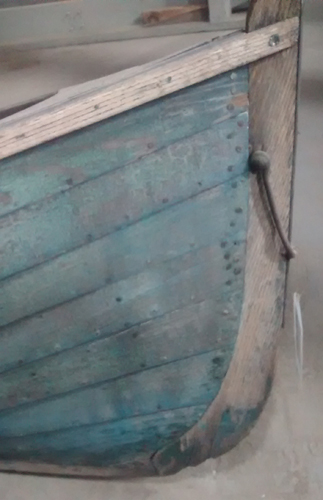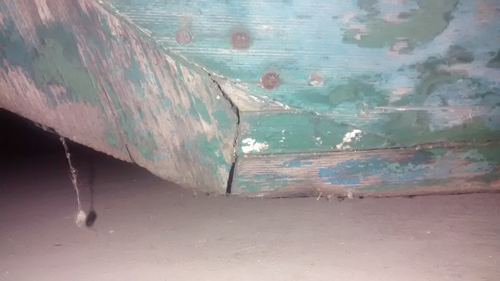What was left of the boat rotting in the brambles on the north shore of Clear Lake in Western Washington was once a very fast boat under oars. Back in the 1930s John Thomas “could row it across the lake, fill up two gallon jugs with spring water and row halfway back on one cigarette.” When John Sack, Thomas’s nephew, took over the lakeside family cabin in the 1960s, the boat had been sitting at the base of the largest pine tree on the property, unused for a decade.In 1983 John asked me to build new boat to replace the one his uncle had thought of so highly. Rot had taken a heavy toll and although most of the sheerstrake was gone there was enough boat there to measure it and to show how it was put together. My search for the origins of the boat led to the lines of a lapstrake Whitehall Livery Boat in Maynard Bray’s Mystic Seaport Museum Watercraft. The shape, dimensions and many of the construction details—shortcuts for an easy, quick build—were a nearly perfect match. Bray writes: “…in spite of the quick and dirty way she is built, there is nothing at all second rate about her shape; she is one of the nicest modeled puling boats in the entire collection.” I ordered the plans and set to work. "There is nothing second rate about her shape; she is one of the nicest modeled pulling boats in the entire collection."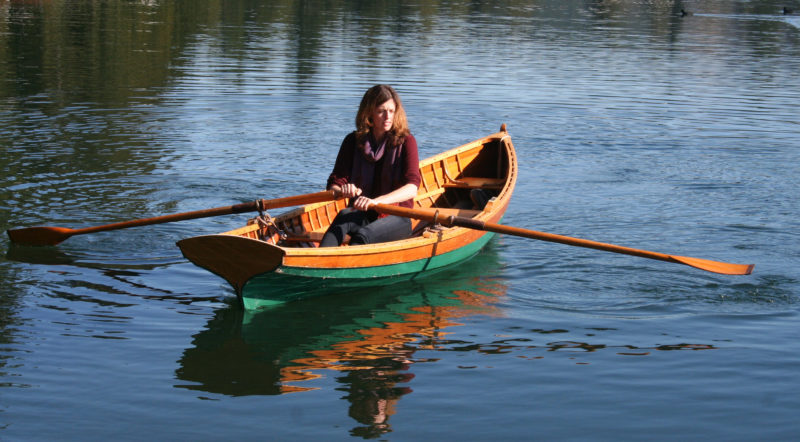 Photos and video by the author except where noted
Photos and video by the author except where noted
Join The Conversation
We welcome your comments about this article. To include a photo with your remarks, click Choose File below the Comment box.
Comments (2)
Comments are closed.

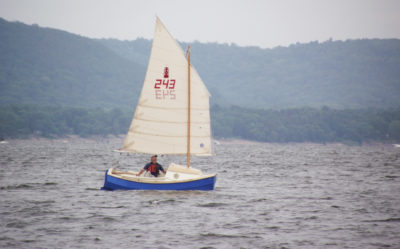
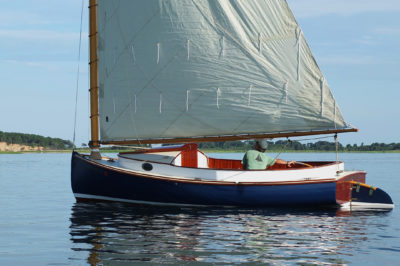
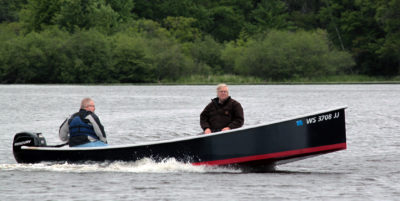
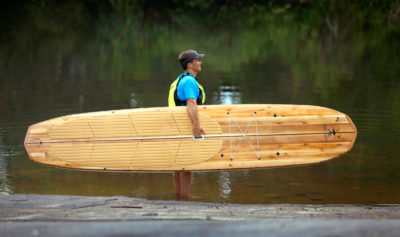
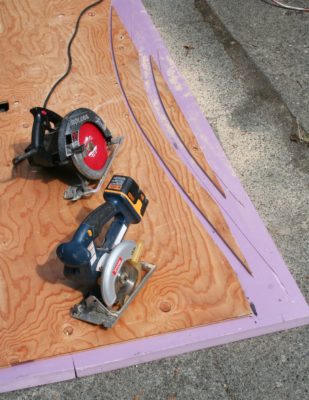
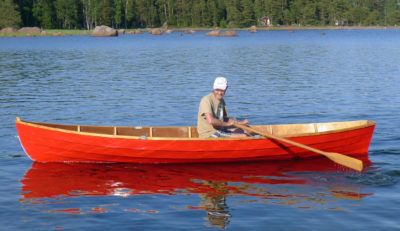


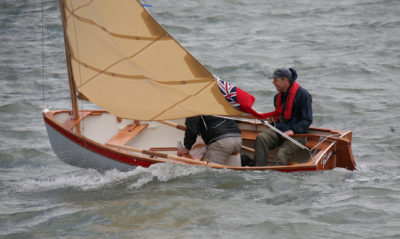
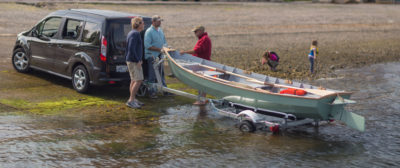
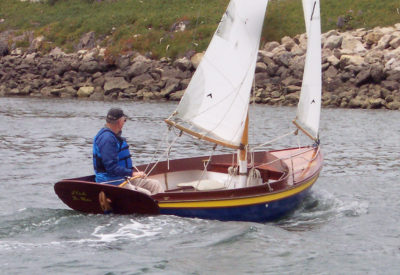
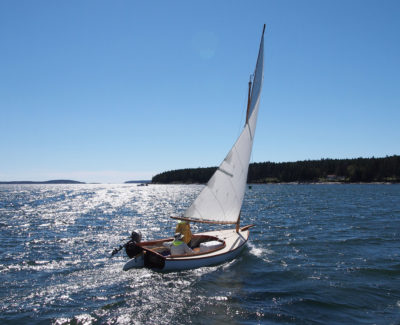
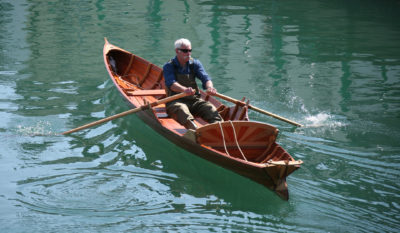
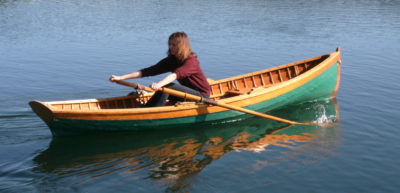
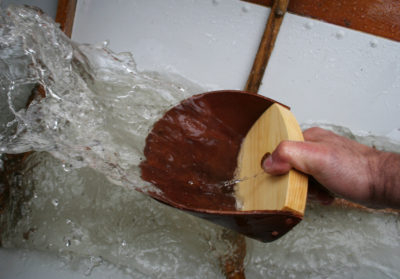
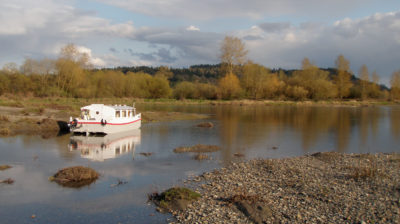
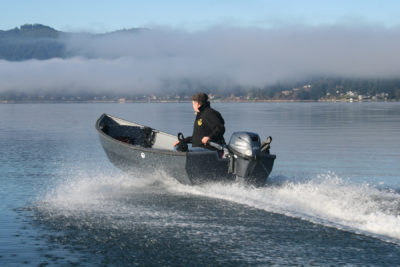
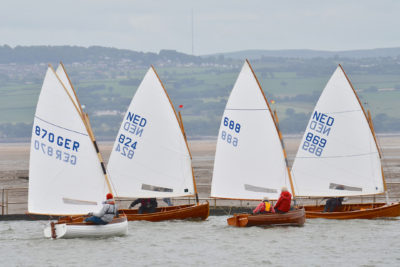


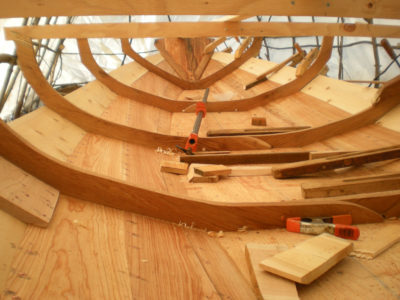
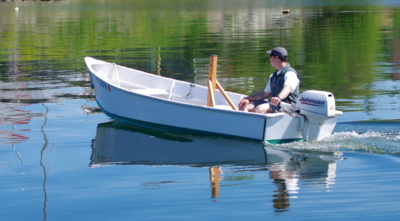
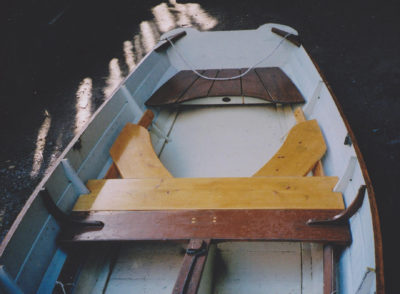
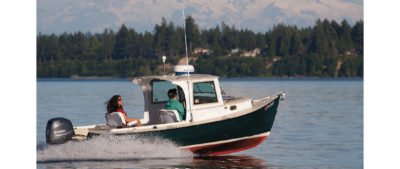

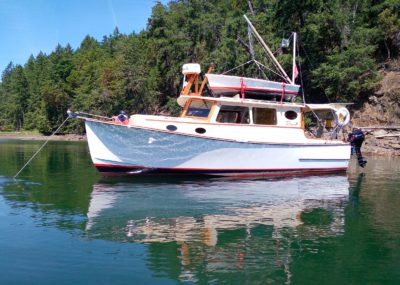
The stem, if made from a natural crook or knee, could very well have been of one piece.
A crook with the appropriate curve could indeed be used to fashion in one piece what the boat I built, but the old livery boats of Mystic Seaport (photos of the original shown here) and Clear Lake had three pieces: stem, false stem, and knee. While crooks might have been more readily available when the older boats were built, they still could have added significantly to the construction time. Selecting a knee with the right sweep of grain, curing it, and milling it would slow the production of boats built in great numbers. Dried straight-grained lumber was and is easy to come by and cutting a knee to join the stem to the keel needs little more than a sharp pencil line and a sure hand on the bandsaw. The two-piece stem with inner and outer halves doesn’t require mapping out a rabbet and cutting it with a chisel and mallet. The bevels on the inner stem might not even need to be transferred from patterns or lofting: battens sprung around the molds would quickly indicate where wood needed to be pared away and when the correct bevel was attained. After planking, the ends of the planks get trimmed and the outer stem goes on. Anyone who decides to build the boat can choose how to construct the stem. The one-piece crook would be elegant and very strong; the three-piece construction would be a lot faster.
